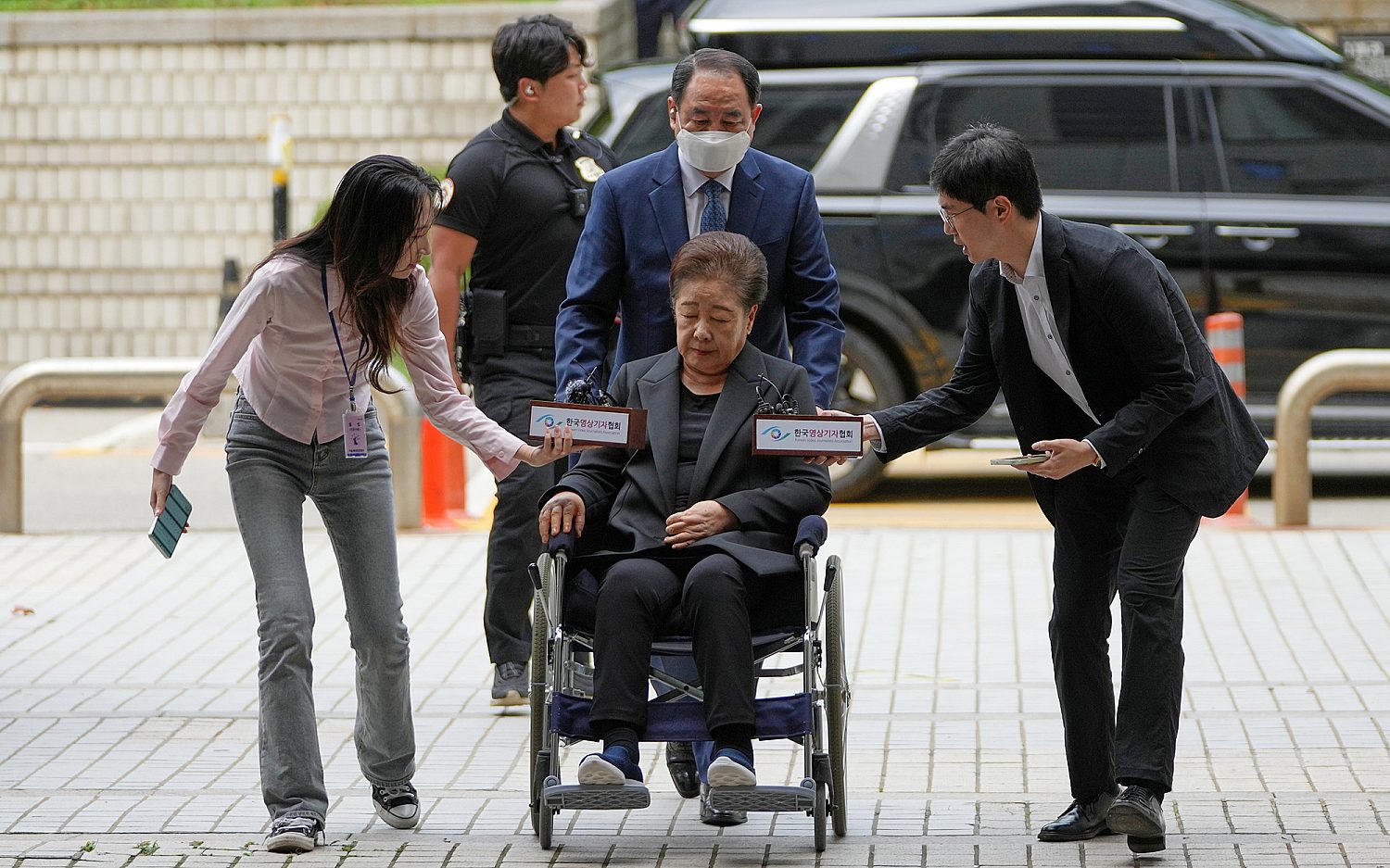Schools put new emphasis on helping homeless students
Under recent education law overhaul, public schools must do a better job tracking and assisting vulnerable children
Tyren Jones’s grandmother kicked him out of the house before he finished high school. His father sat in prison and his mother had left the state, so he slept where he could: a crack house, his godmother’s, a friend’s couch.
Jones had no records, no parents, no home. He couldn’t land a job, and after a suspension, he couldn’t finish school. Jones is one of a growing population of homeless youth struggling to break out of the cycle of poverty. A recent U.S. education law, called the Every Student Succeeds Act, aims to help people like Jones get an education and eventually, a job.
The new law will take effect Oct. 1 as part of an expansion of homeless services that will allow schools to relax enrollment barriers and require states to break out achievement and graduation rates among the homeless. Homeless children are especially vulnerable to low grades and frequent absences.
“If a person doesn’t have a place to eat, sleep, shave, or shower they probably won’t be going to school either,” said Vazakiya Johnson, who works with homeless youth in Los Angeles as part of the Catholic organization Covenant House.
She said many of the young people that come through the doors of the Covenant House shelter are either trafficking victims, in the foster system, or simply don’t have a stable home environment to return to. They can’t afford books or food, and even if they could, many are too ashamed to go to school.
The new law promotes privacy for these students by protecting their records, especially the information on their housing situation. Teachers don’t need to know, Johnson said, that’s not what their job is about.
The law also will help homeless youth access federal funds to put them through school, find government housing, and eventually pay for college. The administration also will provide transportation to their school of origin in hope students will be more likely to continue attending if they are not forced to jump from school to school.
But Johnson worries about the number of homeless children still on the streets that haven’t yet been identified. The number of homeless students enrolled in school—1.3 million—is nearly double what it was a decade ago. But homeless advocates say many more have slipped through the system without even being registered as homeless. Under the new law’s provisions, school administrators must renew their efforts to find and place students in transitional housing. The 2017 budget proposes a 21 percent increase for homeless education.
Jones is lucky. He found a home at a youth shelter in Buffalo, where leaders there helped him make his way back to school. He begins his senior year this month.
An actual newsletter worth subscribing to instead of just a collection of links. —Adam
Sign up to receive The Sift email newsletter each weekday morning for the latest headlines from WORLD’s breaking news team.





Please wait while we load the latest comments...
Comments
Please register, subscribe, or log in to comment on this article.